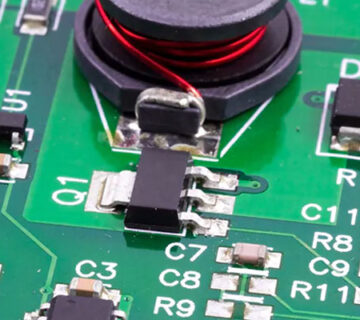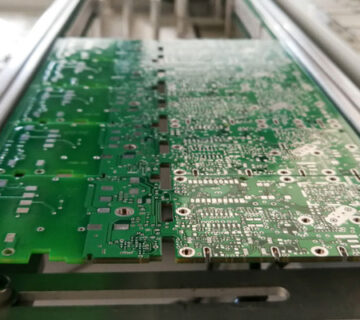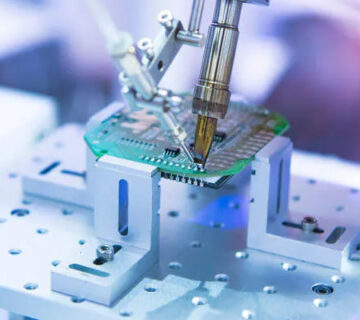One of the major aspects that decide the cost and success rate of a product is its design. Any changes made during the designing phase can elevate or drop the results. This clearly shows that the design of a product is the most crucial element. In this blog, we will learn about the designing and manufacturing of a PCB assembly, one of the most important elements of any electronic application.
Designing a PCB assembly can determine how it can be manufactured and assembles in the right way. This can also help to determine the overall product production cost and amount of material input and labour. The design is a way to reduce the product development cycle time and production costs, without compromising on the quality. This can be done by following certain rules of PCB design for manufacturing and assembling of a PCB. Listed below are the most basic rules that are followed by every PCB assembly manufacturer from India.
- Using standard components but minimizing the number of parts in a design
It is important that the least number of parts are used within a design so that both the complexity and cost of the product are reduced. Also, the type of parts to be used must be kept in mind. Generally, standard parts can prove to be more cost-effective. Thus, it is important to be mindful of component count and type.
- Designing for ease of fabrication
PCB materials should be selected such that they require less processing during fabrication, as this step significantly streamlines product manufacturing. Lesser processing means lesser time and labour wasted, meaning significant savings and lower product cost.
- Using multifunctional components
When dual-use or multi-use components are installed into an application, it definitely proves to be more useful. It adds to savings of a design’s cost, while proving to be double-functional with lesser number of components. Thus, one must use electrical components that can serve multiple purposes within a single design.
- Maximizing component placement acceptance
Using components that have higher dimensional tolerances and avoiding instances of tomb-stoning can reduce component mounting errors to a great extent. When components with high levels of placement tolerances are used, the failure rate of an assembly is significantly reduced. Other elements that must be used include base structures that are rigid and predicable in dimension, machine vision type feedback systems, and placement automation processes.
- Developing a modular design
PCB designs must be broken down into functional blocks if these blocks can be used across a number of different products. Using such modules can reduce the complexity and costs involved, especially when the product needs to be tested and repaired in the future. After all, smaller systems are easier to test and repair as compared to larger ones.
- Reducing the use of fasteners
Using fasteners to mount components costs higher than using press fit type mounting techniques. Thus, one must reduce the usage, and in fact, avoid using fasteners altogether. To do this, surface mount versions of power ICs can be used to integrate heat sinking into the PCB design.
- Minimizing assembly directions
It must be possibly tried to design an assembly with a Top Down design, where all components are installed from the top, down into the final assembly. This kind of single-sided assembly process save the time associated with turning and rotating a product during assembly, as compared to in a multi-directional design.
- Minimizing repositioning and handling
Any kind of repositioning and handling during the assembly process increases the amount of time required to assemble components on the board. Thus such kind of actions must be eliminated.
While every PCB manufacturer generally abides to the above rules, Miracle Electronics is one such PCB assembly manufacturer from Germany who strictly follows its designing and production rules so as to offer the biggest benefits to its customers. The benefits include providing superior products at lower costs, along with assurance of quality and after sales services.




